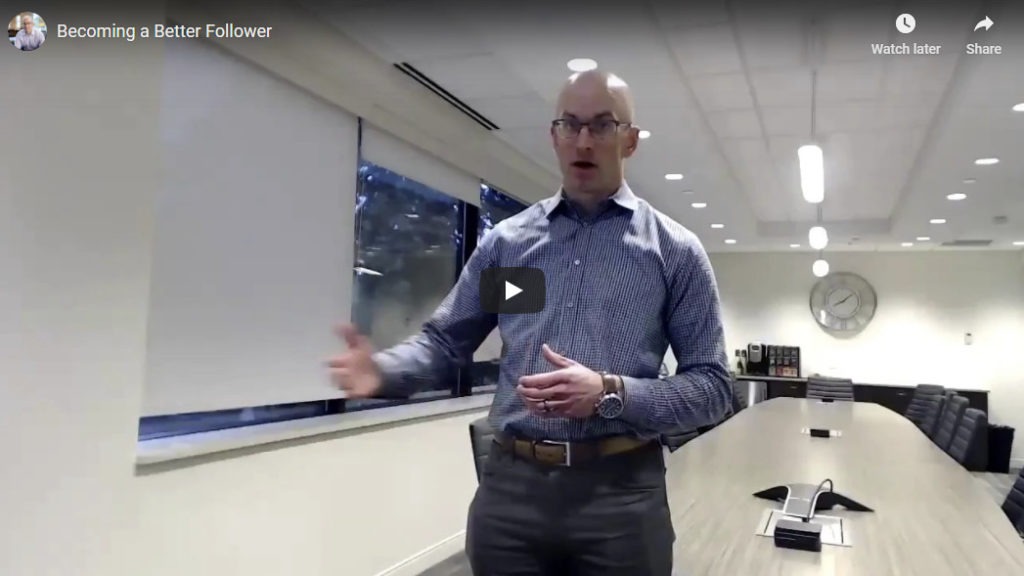Confessions About Mind Turds
I did not sleep well last night.
I was thinking about the inefficiency of one of our departments, the leader’s lack of attention to it, and how I would fix it.
I was thinking about our family’s jam-packed fall schedule and the pressure I feel to keep scheduling events.
I was thinking about my own insecurities as I work on making business travel more sustainable long-term. What will the team think?
I was thinking about this blog. How can I make it more useful for the reader? Will I get push-back for being more open about my faith? Does that matter?
I woke up groggy at 4:57 a.m. I said my prayer, drank my protein shake, and headed to the gym. A police officer was driving through our neighborhood, which never happens, and he was only driving 13 MPH.
It was 5:17 a.m. Nobody goes 13 MPH.
Nobody is even up at that time.
My mind began racing again:
Really dude? REALLY? That’s all I could think at first (or at least it is all I feel comfortable sharing here).
Then: I’m going to be late to work. I won’t have time to write a blog post 43 people might read. I am not going to have time to walk our floor prior to our 8 a.m.meeting. That team will think I don’t care. I’m such a failure for thinking about this stuff!
Why is this guy really still going 13 MPH??? Thank Jesus that he just turned left! Isn’t that what Jesus would care about this morning?
Get it together man.
I made it to the gym after hitting every stop light en route.
This also ticked me off. Who programs the lights? It is 5:29 a.m. now.
Maybe I am crazy, but I pray out loud in these situations. I confessed to God that I was in a major hurry. I confessed that I was self-centered, that I often vent – otherwise known as gossip – to my wife and others about the issues I see at work. Worst, I confessed that I often am a coward because I don’t have the conversation with the person I have the issue with.
As I lifted weights, I realized what this kind of thinking was. My wife won’t approve of this terminology, but this kind of thinking is nothing more than a “mind turd.”
I know, this is a juvenile, and gross, expression.
But, so is this kind of thinking. And so is the kind of person I become when I think this way.
Not only are these expressions not productive, like the excrement left by the neighbor dog in the yard, these expressions leave brown spots in my mind. They produce nothing more than anxiety, anger, stress, bitterness, hurriedness, and selfishness.
If I am not careful, and if I dwell on these mind turds long enough, I begin acting like a turd myself.
So, why not call this what it is?
Why not change?
Why not get perspective?
Why not create habits of mind that will produce something healthy and green?
Like I learned earlier, it always begins choosing to think differently.
The next time you are in a similar situation, flush.
And start anew.
(Postscript: I still made it to work at 7:30 a.m., and by then I was fired up and in a positive frame of mind. Thank goodness, I caught myself, reset, and refused to bring the turds with me to the office and dump them on that lawn!)
Confessions About Mind Turds Read More »










